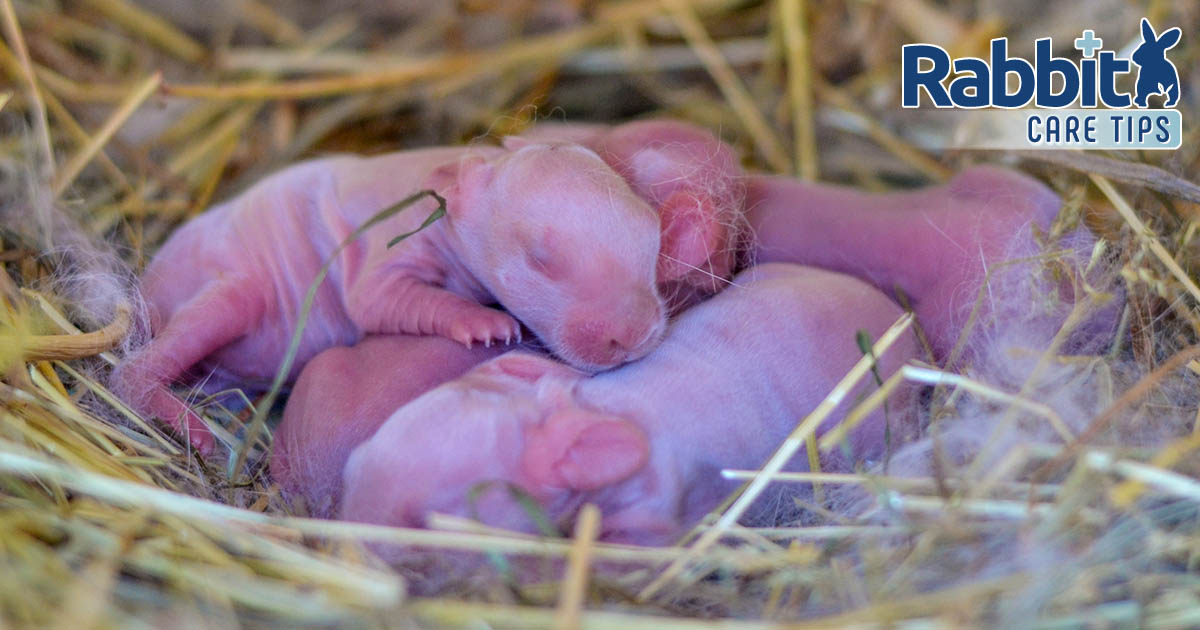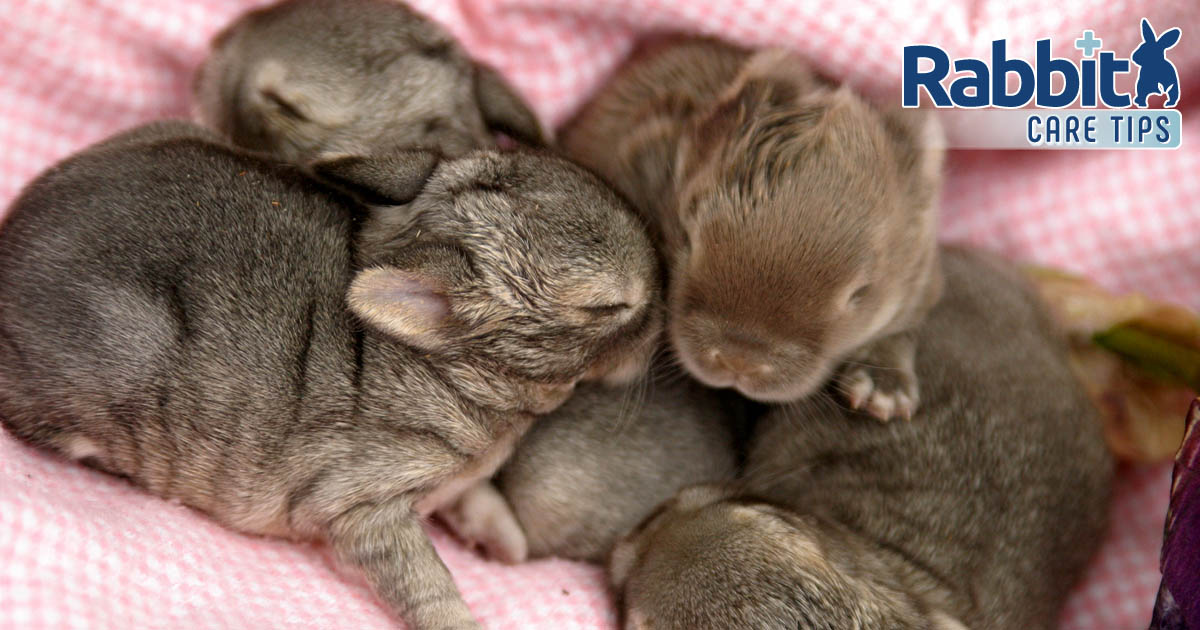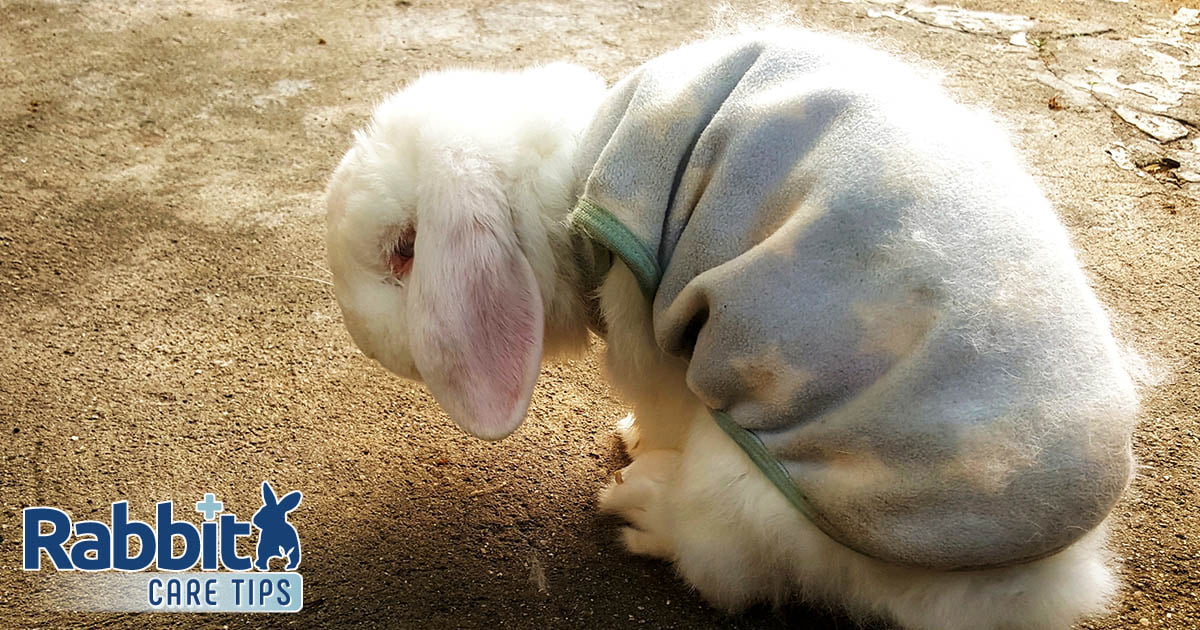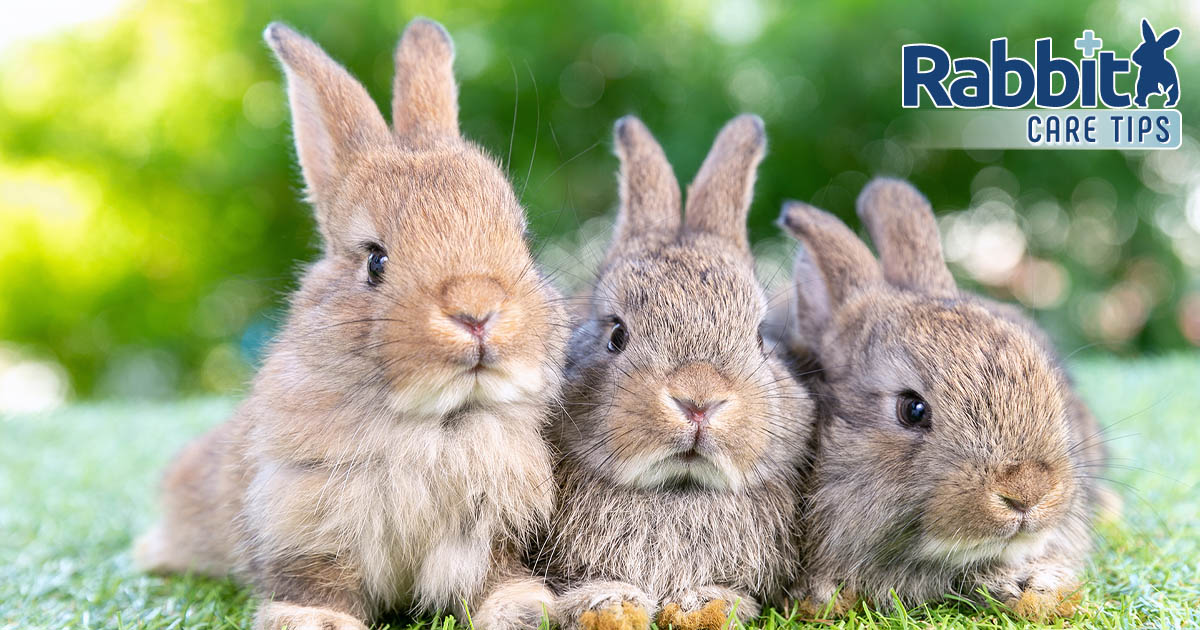How do you know how old a wild rabbit is? There are a few ways to tell, including the size of the rabbit, the angle of the ears, and the amount of fur that it has.
It should be noted that there are no very accurate ways to tell how old an adult wild rabbit is, but there are some signs that will give you an idea of its age.
What Does a Newborn Rabbit Look Like?

A very young rabbit is usually small, only around an inch or two long (although this is somewhat species dependent). At birth and for the first few days, baby rabbits will have closed eyes, little fur, and almost transparent skin around the stomach area.
The rabbit’s ears will be pressed against its head rather than erect as an older rabbit’s ears are.
You will never see rabbits this young in the wild unless you look in a burrow, as they will not come above ground until a few weeks old.
By around three days old, the rabbit will have started to develop fur, and its ears will be less closely pressed to the skull.
It is not until about a week old that the rabbit’s ear canals open, and baby rabbits are deaf until this age. The coat will start to develop properly, ensuring the rabbit stays warm. Over the next few days, the fur will continue to grow and thicken, but the rabbit will still not leave its nest.
What Does a Two-Week Old Rabbit Look Like?

At around two or three weeks, most baby rabbits will become strong enough to leave the nest occasionally, and you may start to see them in fields with their parents. They are usually approaching four or five inches long at this point, and their ears will still be flattened.
Their coats will still be developing, and they will probably be quite weak and wobbly still. You may not see them out late in the day, as they are vulnerable to predators.
What Does a Rabbit Look Like in Its First Month?

As the rabbit approaches a month old (or sometimes a little older than a month), its ears will start to pop up away from its head. Its coat will thicken and become more insulating so that the rabbit can stay warm. Baby rabbits often start to wean at around four or five weeks old.
Baby rabbits will also start to become more alert at this stage, and they are much more likely to run away from you or other threats if they spot you. They will usually reach around six or seven inches long by the time they are five weeks old, and at this point, they look similar to their parents, but smaller.
Most baby rabbits will have started to forage for themselves at this point, and they will be far less dependent upon their parents for support and protection. If you find a young rabbit at this age, it should be capable of surviving without assistance from you or from its parents.
What Does a Two-Month Old Rabbit Look Like?
After a month and a half, young rabbits are considered adults. They are fast-growing mammals, and there is little difference between them and their parents at this stage. However, they will still be putting on weight, and it may take a few more weeks for them to completely finish filling out.
At around six to eight weeks old, the rabbits should be between ten and twelve inches long and weigh up to three pounds. It will be weaned from its mother at around eight weeks old.
After eight weeks, a rabbit is mature enough to reproduce and have babies. Most will start to have their first litters at around two months old.
How Do I Tell How Old an Adult Rabbit Is?
Unfortunately, it is very difficult to tell how old an adult rabbit is. Rabbits show few distinctive changes as they get older, and if you look at a wild rabbit, it could be anywhere between a few months and twelve years old. It is unlikely to be older than this, although it is possible.
The best ways to tell how old a mature rabbit is include:
- Its activity levels
- Its coat condition
- Its physical health

We’ll look at each of these below to help you gauge how old a rabbit is:
Activity Levels
An adult rabbit is usually quite active and will spend almost all of its time foraging and eating or interacting with other rabbits (usually in terms of mating and bringing up babies).
An elderly rabbit will probably be less active. It will still forage, but it is unlikely to spend much time chasing other rabbits off its territory or looking after babies. You may notice it sitting quietly rather than running around the fields.
Older rabbits tend to sleep more and will consequently usually be hidden in burrows. When out and about, they may move more slowly.
Coat Condition
The rabbit’s coat condition is also indicative of its state of health. If you can get close enough to inspect a rabbit’s fur, this will give you a clue as to its age. An elderly rabbit’s coat will be coarser and duller than a young rabbit’s.
Elderly rabbits groom less, and consequently, their coats are not in such good condition and may not feel as soft.
Physical Health
An elderly rabbit is inevitably likely to have some health issues. For example, it may have slower reactions, poorer sight, or bad hearing. It may not respond to threats as promptly and might not notice predators.
Older rabbits may also suffer from arthritis, and this may show a reluctance to hop around as the younger rabbits do.
Conclusion
It isn’t easy to pinpoint the age of a wild rabbit once it has reached adulthood, but you can usually tell the difference in young rabbits. A baby should be reasonably easy to tell apart from an adolescent and again from an adult. However, they only remain babies for a short period of time.

